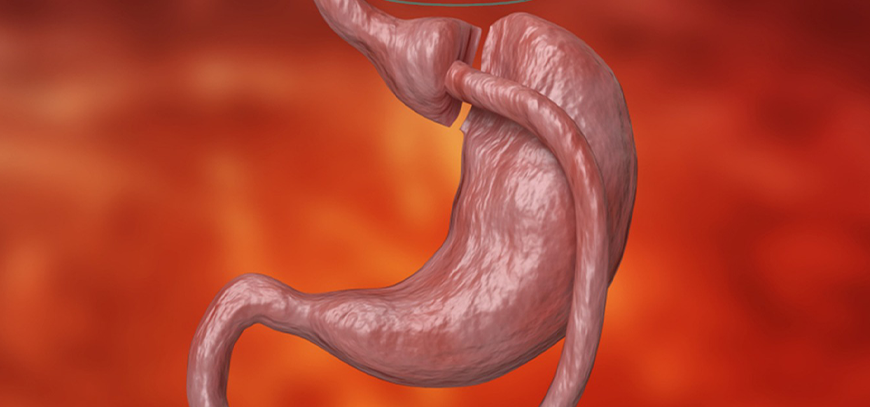Ask the Experts
Gastric Bypass Weight Loss Surgery

A gastric bypass is a surgical procedure that alters the anatomy of the stomach and intestine resulting in weight loss. The surgeon will create a pouch at the top of the stomach using surgical staples, the pouch will then be connected to the small intestine bypassing the rest of the stomach.
Gastric bypass surgery helps obese patients lose weight by both restricting the amount of food a person consumes and reducing the total amount of calories absorbed by the gastrointestinal tract. Gastric bypass procedure also induces some hormonal and physiological changes when food doesn’t pass through the duodenum (first part of the small intestine), it decreases ghrelin levels, which is the hunger hormone, and increases the levels of leptin hormone, which is the satiety hormone, thereby decreasing the feeling of hunger and suppressing appetite, restricting the amount of food the patient consumes.
Why it's done
Gastric bypass is done to help you lose excess weight and reduce your risk of potentially life-threatening weight-related health problems, including:
- Gastroesophageal reflux disease
- Heart disease
- High blood pressure
- High cholesterol
- Obstructive sleep apnoea
- Type 2 diabetes
- Stroke
- Cancer
- Infertility
Gastric bypass is typically done only after you’ve tried to lose weight by improving your diet and exercise habits.
Gastric bypass procedure step by step
Gastric bypass operation is performed under general anaesthetic.
The surgeon opens a few tiny openings, 3cm long each, surgical instruments are inserted through these openings along with a camera that has a strong illumination device to enhance vision, the surgeon sees what the camera feeds through an electronic screen, the abdominal cavity is insufflated with inert carbon dioxide to facilitate the surgical tools motion inside the abdomen.
The surgeon first divides the top of the stomach and isolates it from the rest of stomach, leaving a small pouch of about 30 ml in volume, dramatically decreasing the amount of food the stomach can accommodate.
The surgeon cuts into the middle of the small intestine, and connects the free bottom end of the cut bowel directly to the small pouch of the stomach, so that the food passes through the stomach, directly to the middle of the small intestine, bypassing the first part of the intestine.
Because weight loss occurs in two ways, people who have gastric bypass surgery usually lose more weight compared to gastric sleeve or stomach stapling surgery. The weight loss also tends to occur faster. Gastric bypass is a permanent procedure that can’t be reversed.
You may feel pain at the incision site or as a result of how your body was positioned during surgery. Some patients also experience neck and shoulder pain, which occurs when the body reabsorbs the gas used during surgery.
You should work alongside your doctor to choose the best weight loss procedure for you. Gastric bypass patients lose between 50 to 80 percent of excess bodyweight within 12 to 18 months, on average. Gastric sleeve patients lose between 60 and 70 percent of their excess body weight within 12 to 18 months, on average.
